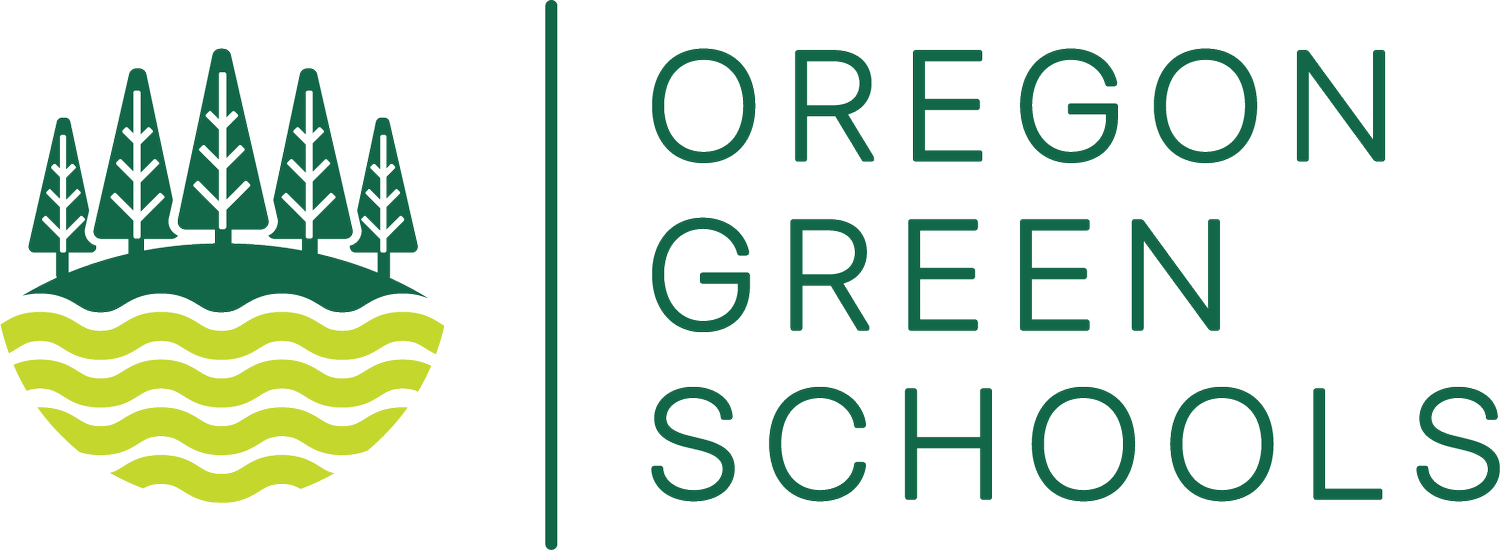Walk and Roll to School
Every day we make choices on how to get to and from school, and the other places we go in the community. Travel varies according to where we live and where we need to go. Schools can do a lot to encourage and promote fewer single-car trips and more carpooling or active transportation. According to Safe Routes to School, half of students in the U.S. are dropped off in the family car. Carbon dioxide (CO2), emitted by cars and buses, is a major contributor to climate change. Each time we can choose walking, biking, or rolling to replace a bus or car trip, we are preventing CO2 emissions. Plus, active ways of getting to or from school have other positive benefits to the individual and community:
Friends and community--get out there and meet each other!
Health--enjoy more physical activity on your way to school.
Learning--exercise your body AND your brain.
Environment--be part of reducing emissions and air pollution.
Safety--let’s start to outnumber personal vehicles! Fewer cars mean safer streets for kids who walk and roll to school.
Equity--help understand where infrastructure exists and doesn’t exist in the city so we can start to address barriers to access.
The resources available to help with certification in this area offer ways to increase active transportation and decrease fossil fuel-based transportation, raise awareness, and participate in sustainable solutions to transportation, reducing fuel consumption as well as air, noise, and water pollution. As you certify in this area, you may assess the various ways students and staff currently travel to and from school and come up with an action plan for how you can offer and incentivize fewer trips in cars and more human-powered travel using the included activities and resources.
This guide includes:
Core certification links
Curriculum/existing learning resources
Partner organizations
Field trips
Funding opportunities
Learning standards

